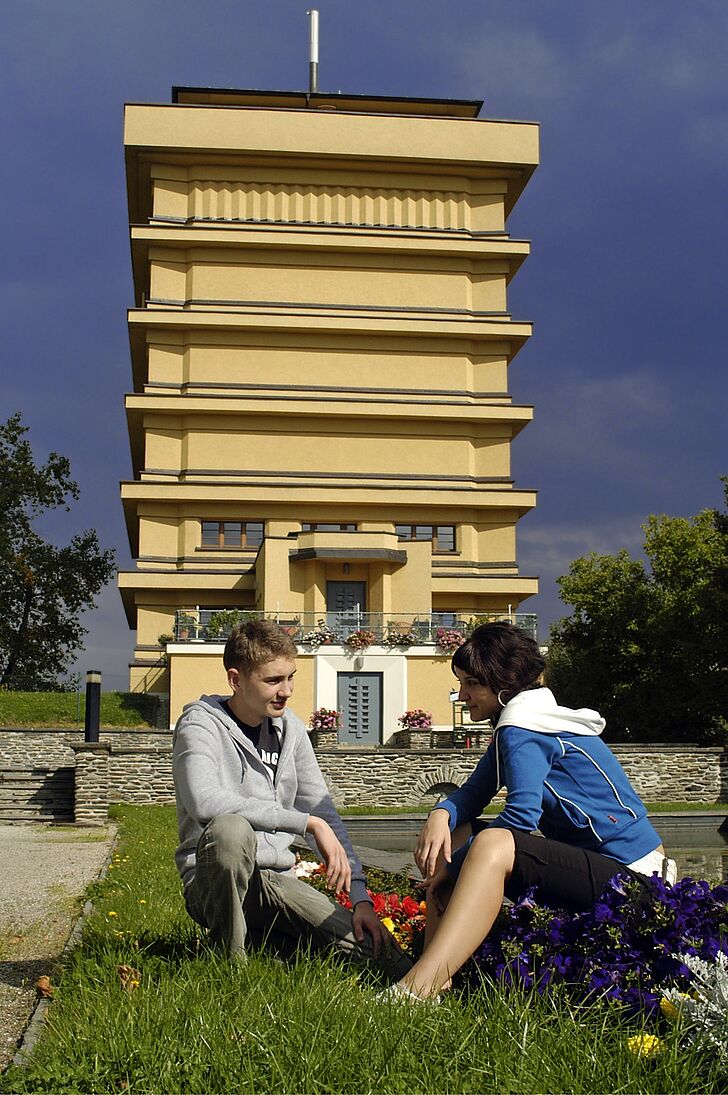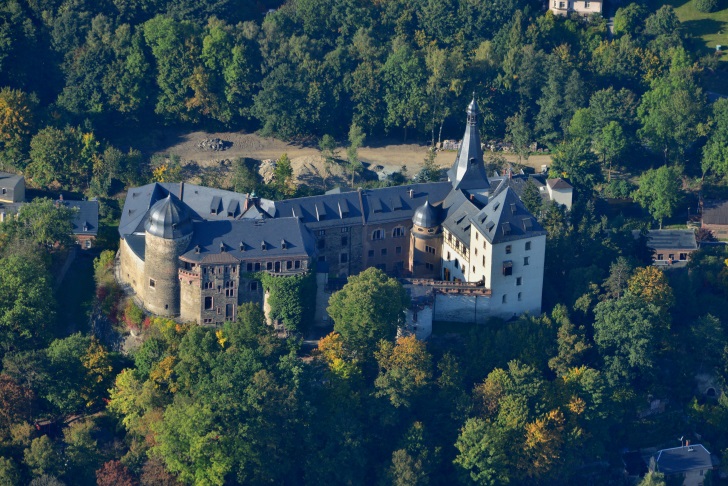Attractions in Reichenbach
In the birthplace of Friederike Caroline Neuber at Johannisplatz, nowadays the Neuberin Museum, you can learn everything about the life and work of the theatre reformer. The museum shows interesting and fascinating aspects of Reichenbach´s town and industrial history, an extensive art collection and invites to events and the most diverse special exhibitions.
Only a few walking minutes away from the Neuberin Museum, there is Reichenbach´s old town. Here, a 14 hectares large industrial wasteland turned into a green oasis, nowadays the Park der Generationen, along with the preparations for the Saxon national garden exhibition (Landesgartenschau) 2009.
The successful architecture of the garden area consisting of four sections and the restored historic buildings perfect the artworks made of wood, stone and metal.
The extensive parks offer fun and sport for everyone, cultural highlights, but also possibilities for retreating in order to just lean back and relax.
Water tower
You will have a fantastic view over Reichenbach if you climb onto the viewing platform of the 28m high water tower.
The water tower was built in the style of functionalism in an only five-and-a-half months’ construction phase in 1926. It still serves for the water supply of our town today. The four stainless steel containers inside the tower have a capacity of 500 m³.
With a height of 78 m, a length of 574 m and the enormous number of 26 million bricks used, the Göltzschtal Bridge is the world´s largest brick bridge.
The bridge was built by more than 1,700 workers from 1846 to 1851 when constructing the railway line between Leipzig und Nuremberg. This was based on the designs of the architect Johann Andreas Schubert from the Vogtland, who already designed the first Saxon steam locomotive in 1838.
The impressive construction consists of 81 arches on four levels. The span of the largest arch is 30.9 m.
An equally outstanding architectural monument is the only almost completely preserved and also largest castle of the Saxon Vogtland, the Castle of Mylau.
The architectural roots of the castle lie in the Romanesque era around 1180.
The castle was restored several times, the last time in the year 2014.
Today, the Castle of Mylau houses a cultural history museum, the collections of which are among the oldest in the area of the Saxon Vogtland.
Weddings are possible in the historic castle chapel as well as in the former council hall.
Town church of Mylau
The Evangelical Lutheran town church of Mylau, which was consecrated in 1890, shapes the silhouette of the district. The neo-gothic brick construction replaced the old church which previously existed in this spot, but was not sufficiently large anymore due to the constantly growing population.
The new building was built with 102 different brick forms and was equipped with colourful lead glass windows as well as with a 72 m high tower.
Its most precious inventory already originates from the preceding building: the organ built in 1731 for 800 thalers by the Saxon state and court organ builder Gottfried Silbermann. The pipework with 1,155 pipes and 21 stops remains almost unchanged and its existing body can still be heard during concerts today.





